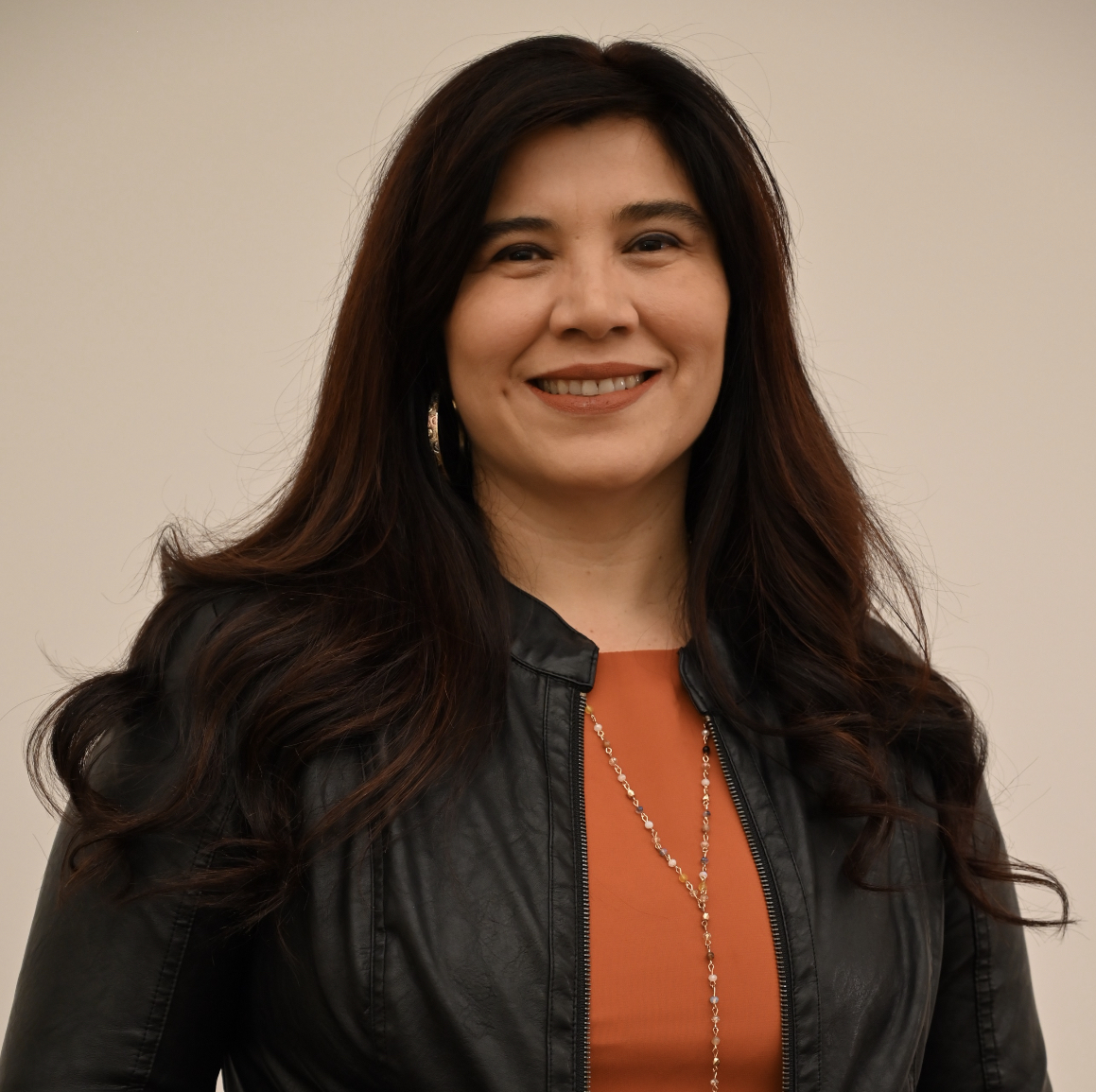Tapping into the region’s rich Hispanic heritage, A&M-San Antonio has rolled out a new academic program that embraces the nuances of the Spanish language and supports students’ rich cultural backgrounds.
Dr. Elena Foulis, assistant professor in the University’s Department of Language, Literature and Arts, helped spearhead the new program, dubbed Spanish in the United States. The revamped curriculum shifts from teaching Spanish as a second language to a heritage language, making a more meaningful connection to local communities.
“We’re one of the only universities in the country making this shift,” said Foulis. “While many institutions in the U.S. treat Spanish as a foreign language, we do not.”
The new program acknowledges the range of languages spoken in San Antonio and teaches students about the history of Spanish in the U.S. and the various cultural and linguistic practices of Spanish speakers nationwide. More specifically, the curriculum acknowledges the different kinds of bilingual, bicultural and biliteracy practices that A&M-San Antonio students bring with them into the classroom.
“Whether students grew up with Spanish in their homes or not, living in South Texas exposes us all to the language in one way or another,” said Foulis. “We believe that supporting our students’ literacy practices is part of our identity as a Hispanic Serving Institution (HSI). Our curricular and pedagogical approach validates our students’ local knowledge and honors their linguistic abilities.”
As an HSI, the University’s student body is approximately 77% Hispanic. In addition, the University in 2021 became one of only 24 higher education institutions in the nation to earn the Seal of Excelencia certification. The seal is a recognition of the University’s commitment to serving Latino students and helping accelerate their academic success.
“Our program’s emphasis on Spanish spoken in the United States is crucial for supporting our students and our South Side community,” said Dr. Katherine Gillen, an associate professor of English and chair of the Department of Language, Literature and Arts. “This shift aligns with our commitments as an HSI that has earned the Seal of Excelencia to intentionally advance the success of Latinx students and to create environments in which Latinx students thrive.”
Prior to starting at the University in 2022, Foulis helped develop a similar heritage language program centered on Latino experiences in the Midwest. She said that moving to South Texas inspired her to craft a curriculum to reflect the identities of Hispanic students at A&M-San Antonio and spur dialogue about their experiences elsewhere in the country. The Spanish in the United States program will help students see the diversity of U.S.-based Spanish speakers and reinforce the idea that Spanish is not a foreign language in this country.
“Spanish has historically always been a part of this country,” she said. “Spanish speakers are native to the United States, but they also come from Mexico, Puerto Rico, Honduras, El Salvador, and Colombia, and each has its own variety.”
During the 2022-2023 academic year, the university added or revised seven Spanish courses to focus on heritage language pedagogy. Four of those revised or new courses help further develop Spanish heritage speakers’ reading and writing skills. There were 41 students majoring in the Spanish program and 72 Spanish minors at the start of the fall 2023 semester. Foulis said a degree in Spanish applies to a host of careers, including teaching, health care, social work and nonprofits.
As part of the new curriculum, Foulis is collaborating with Dr. Alexandra Rodriguez Sabogal, a University lecturer of Spanish, to write a textbook for beginner Spanish learners. “Espanol En Los Estados Unidos” revolves around U.S.-based Spanish and enhances a multilingual person’s linguistic repertoire. Students will begin using the textbook in the fall of 2024.
 |
“While many institutions in the U.S. treat Spanish as a foreign language, we do not,” said Dr. Elena Foulis. |
“With this OER (Open Educational Resource) textbook we want to promote free access and innovative educational resources for our students,” said Sabogal. “We want to connect our heritage Spanish heritage language learners and second language learners with histories and linguistic registers from Latin American communities that are traditionally underrepresented in textbooks.”